
As your eyes scan the stretch of cases in the beverage aisle, you may experience a bit of buyers’ paralysis. That is until your eyes lock on that dazzling pastel cocktail can—its cool-girl schema beckoning you to take a sip.
We’re all suckers for good marketing. Now more than ever brands are prioritizing the packaging of their products, incorporating youthful aesthetics and ever-shifting trends. While your beverage label is your first line, the material of your packaging—whether you’re opting for a cloudy glass bottle or a utilitarian aluminum can—lays the groundwork of your product presentation.
From glass and plastic to paperboard and cans, we’re exploring all things beverage packaging types to help you make the most of your luscious libations.
What Is Beverage Packaging?
Beverage packaging may seem self-explanatory, but there’s actually a lot of thought that goes into packaging and labeling a beverage before it hits the grocery store shelves. Even the smallest details can determine which brands succeed and which spiral down the drain.
That’s why it’s essential to cover all the bases when you are choosing how to package your new product. To that end, here are the four types of beverage packaging—glass, plastic, paperboard, and cans.
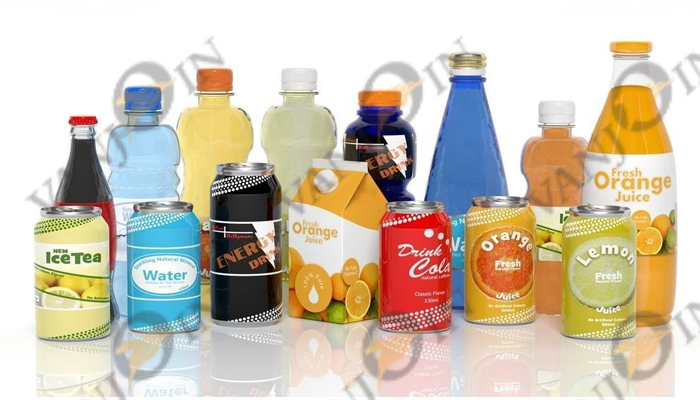
As one of the original packaging methods, glass bottles have been around forever. Glass is still used very often today in beverage manufacturing, with companies playing up the nostalgia of mom-and-pop diners, record players, and classic soda pop.
That’s why glass remains a top choice for companies worldwide—its classic and durable.
Because it’s one hundred percent recyclable, glass is an eco-friendly option for companies looking for a sustainable packaging solution. In addition to its planet-saving perks, glass possesses many other advantageous features:
It’s tolerant to heat, meaning it can preserve beverages for longer periods of time.
It’s easy to clean, if your company has a bottle drop program.
It’s nonporous and impermeable, which preserves the quality of your product
However, one thing to keep in mind is that you run the risk of danger if your glass bottles break during production or delivery. To that end, ensure your pallets are secure, and your bottles are shrinkwrapped to prevent any damage during transit.
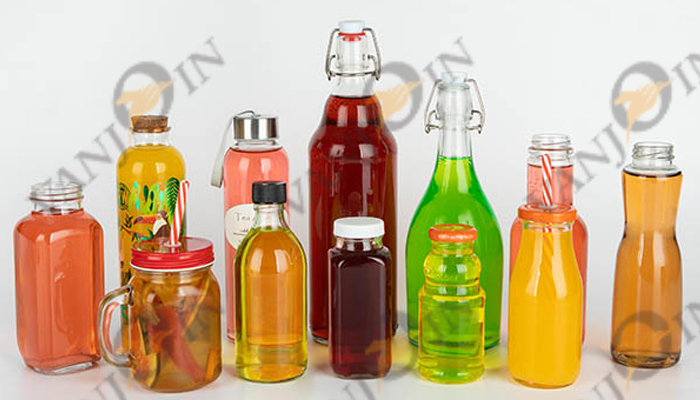
Although it’s not environmentally friendly, plastic bottles remain one of the most popular beverage packaging methods worldwide.
Utilizing plastic bottle packaging is a cost-effective beverage packaging solution for any brand trying to save money–it’s cheaper than glass, and it also reduces the weight of the product, in turn cutting shipping costs.
However, there are a few downsides to using plastic that can turn companies off. To that end, plastic packaging:
Doesn’t do well in heat
Absorbs odors
Isn’t seen as a viable option for an eco-conscious brand
May contain BPA
As such, it’s critical that you do thorough research before picking your plastic. As a general rule of thumb, look for BPA Free labeling when choosing to package your product in plastic.
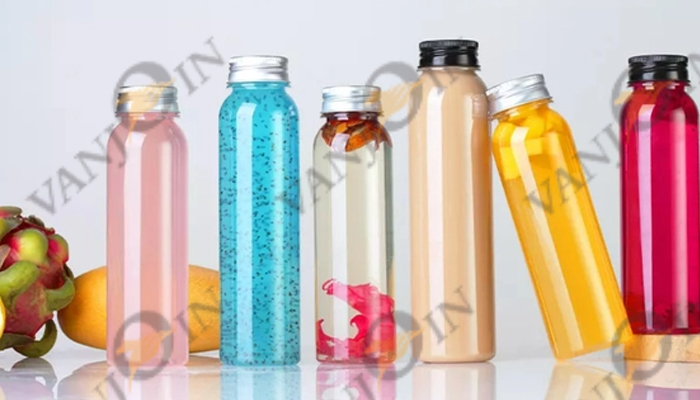
Paperboard
Not the most commonly-used material for beverage packaging, paperboard is nonetheless an interesting and more sustainable packaging option to explore. Effective at blocking out light and more environmentally friendly than other options, paperboard is commonly used for dairy products and juices.
Because paperboard is so light weight, transportation costs can also be kept to a minimum. Keep in mind, however, that paperboard must be used in combination with sealants like kaolin clay or polyethylene resins and might be more prone to leakage.
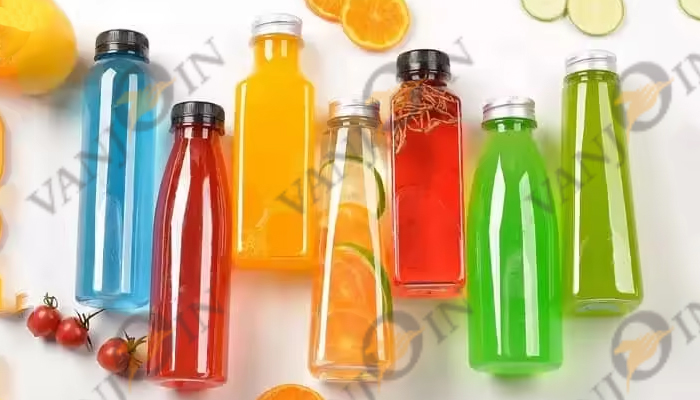
Cans
Last, but certainly not least, tin, steel, and aluminum cans are prevalent within the beverage industry—and it’s easy to see why.
Stylish and durable, cans can package everything from wine spritzers to sparkling water. They’re also becoming commonplace in the health food industry and alternative markets, such as those that sell coffee, kombucha, and other wellness elixirs. You’ll often find these sips lining the rows of supermarket fridges in fashionable, eye-catching designs.
But perhaps the beverage cans’ greatest feature is their durability. It’s extremely difficult to puncture a can, meaning you can transport your product safely and ensure that your product has a long shelf life.
Additionally, beverage makers can airseal these cans, encasing oxygen and preserving the carbonation of the product to keep each sip as fresh as possible. Plus, aluminum cans are the most recycled container in the world. So, if you’re looking for a sustainable packaging option, you’ll feel confident in your business’s environmentally conscious choice (now that’s what we call a win-win).
Helpful hint: Partnering with a copacking company like Vanjoin ensures that your beverage cans are packaged, labeled, and sleeved with efficiency.
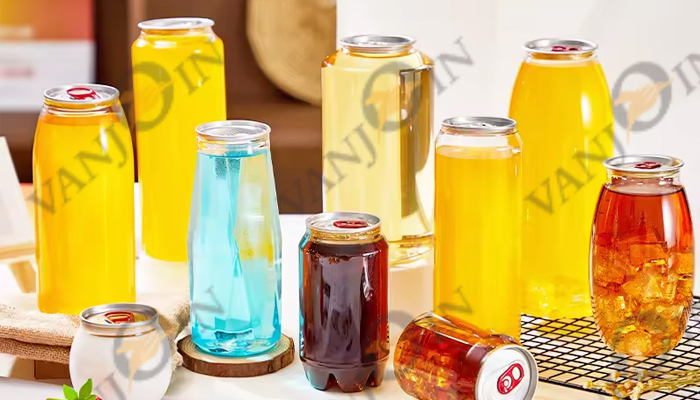
Current Trends in Beverage Packaging
Choosing the perfect beverage packaging ideas for your product is essential—your labels, container, and brand message can make or break the success of your product. And, staying on top of the trends can help you ride the wave to longterm profit.
When hopping on the latest trend, know that they change quickly—what’s bubbling up today may fall flat tomorrow. For this reason, it’s important to well-informed on popular trends and marketing tactics.
That’s why we’ve rounded up a few in-vogue beverage innovations to keep your beverage business up-to-date and in-the-know.
Eco-friendly
Today more than ever, beverage brands are looking to environmentally friendly packaging and labels. Why? Not only does eco-friendly packaging show that your brand is culturally conscious, but it also appeals to customers who are looking to reduce their carbon footprint.
In fact, a study by the SK Group, found that 72% of Americans are more likely to give preference to products that use recyclable or reusable packaging. That provides ample opportunity for beverage companies to capitalize on consumer wants while also cultivating a responsible product that considers the planet, in addition to consumers’ tastes.
In terms of sustainable packaging trends, recycled PET and aluminum packaging are making a splash. In Mintel’s 2021 “Beverage Packaging Trends – US” report, it’s stated that:
“The popularity of aluminum slim cans, the growth of aluminum bottles, and the expanded use of aluminum in the alcoholic beverage industry have placed a spotlight on the benefits of aluminum and driven its adoption among brands. Aluminum offers notable sustainability benefits, yet consumers largely view other beverage packaging types as being more environmentally friendly, indicating a need for brands and packaging manufacturers to educate consumers on aluminum’s sustainability credentials.”
The same report also notes that smaller packaging sizes and beverages that can be taken to-go for in-home consumption are making a rise within the industry
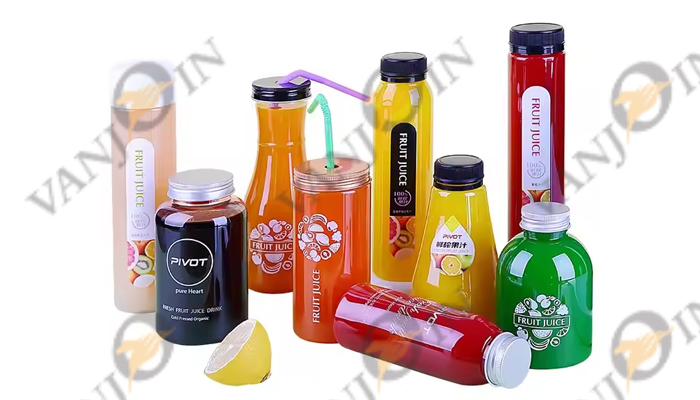
Uniqueness
Consumers want variety when it comes to their beverage choices. As humans, we are naturally drawn to what is new and shiny—and there’s no difference when it comes to what we eat and drink. That’s why it’s important to catch the eye of a potential customer when they are at their local market, staring at a shelf full of competing products.
You have one chance to make a lasting impression—and you better make it a good one.
Several ways to make your product packaging stand out include:
Use of bright colors
Empathetic language
Health benefits and nutritional information
Brand transparency
“Instagrammableness”
Pleasing dimensions
Limited edition products
Online purchasing
E-commerce has forever changed the way that we shop. With companies like Amazon and Instacart offering competitive prices and quick delivery, selling your product online has become just as important as retail.
People are now more prone to order groceries through a website, which means if you want your beverage to succeed, you’re going to have to appeal to the online market. Since the customer can’t touch or feel your product in person, it’s essential to make sure your e-commerce branding is on point by adding:
Vibrant packaging design
Uncommon flavors
Unique health benefits
Another point to keep in mind is that people are more likely to buy in bulk when shopping online. That means your large-scale packaging is important to figure out from the get-go. Overcome that obstacle with ease with Vanjoin Beverage. We’re your one-stop-shop for canning packaging and production, and our PakTech carriers and case trays ensure that your inventory makes it from point A to point B safely and efficiently.
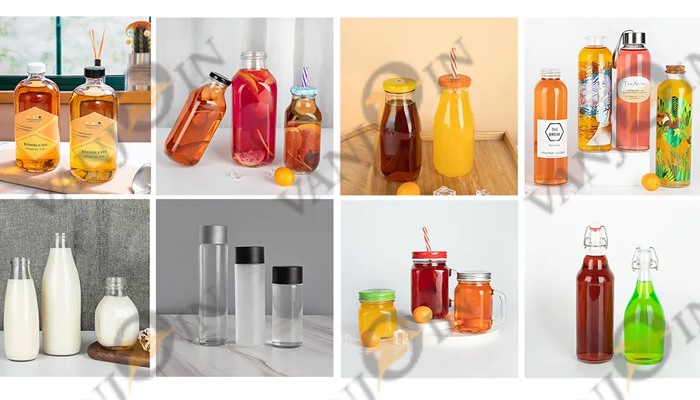
Luxury
Who doesn’t like the idea of a luxury product? Sometimes it pays off to spend more money on high-quality packaging products to reel in high-paying customers looking for more than a beverage—they want an experience.
In recent years, there’s been a significant increase in the use of glossy and metallic packaging over the years, and we can understand why. Just like the fashion industry, high-quality products with show-stopper appearances matter—sometimes more than the product itself. With that said, what glitters sometimes really is gold.
So, What About Social Media?
Social media has become an effective tool for companies looking to boost their beverage brand’s visibility, gain loyal customers, and drive sales. To that end, social media is a trend that, in our opinion, isn’t going anywhere.
Harnessing the power of Instagram, Twitter, Facebook, and TikTok can help draw customers to your product and identify your beverage brand as one that’s trendy in and of itself.
And if you really want to get a feel for what your customers want, you can solicit their advice and ask their opinion effortlessly through social media stories and polls. One of the best things about social media is that it’s free—why not capitalize on that?
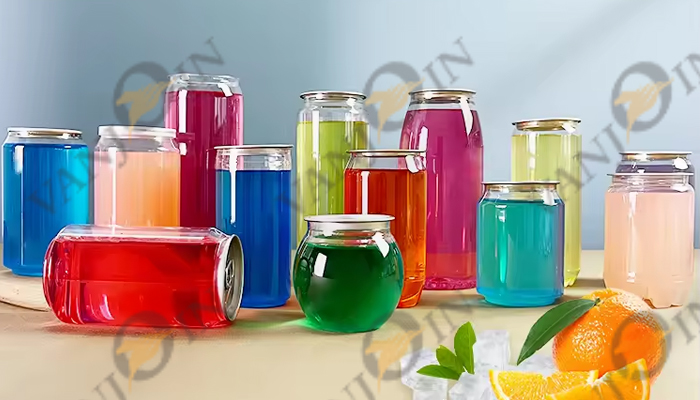
Do Canning Better with Vanjoin Beverages
Once you’ve picked your can’t-miss-it label and packaging material, it’s time to produce your top-of-the-line product in mass.
If you opt for cans, let Vanjoin be your partner in all things packaging.
At Vanjoin Beverage, we’re here to make your life easier with high-quality shrink sleeve labeling, top-of-the-line packaging equipment, and packing materials that ensure your product stays fresh no matter its next destination.
Our team will be there to ensure the integrity of every facet of your business—from recipes and labeling to packaging and shipment. You’ll feel at peace knowing that we’ve got your back.